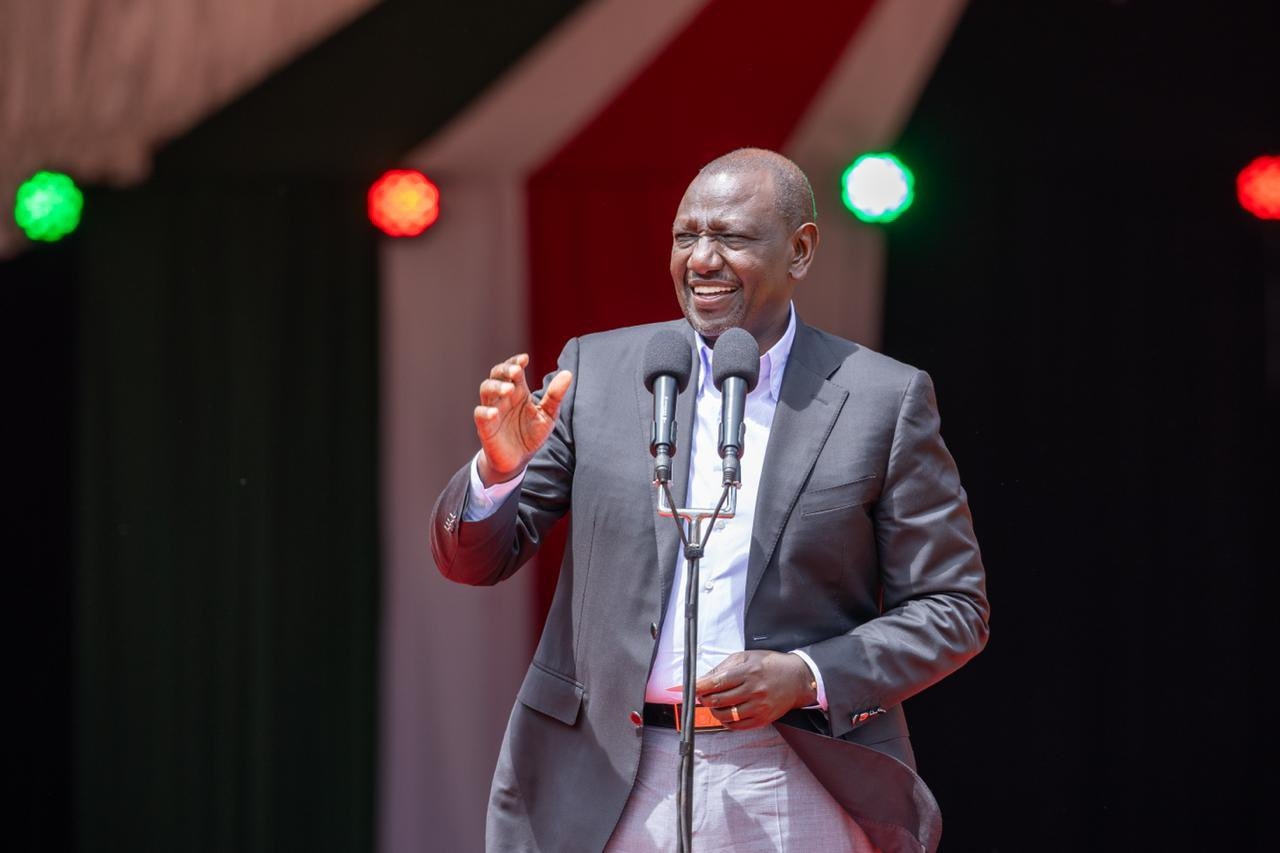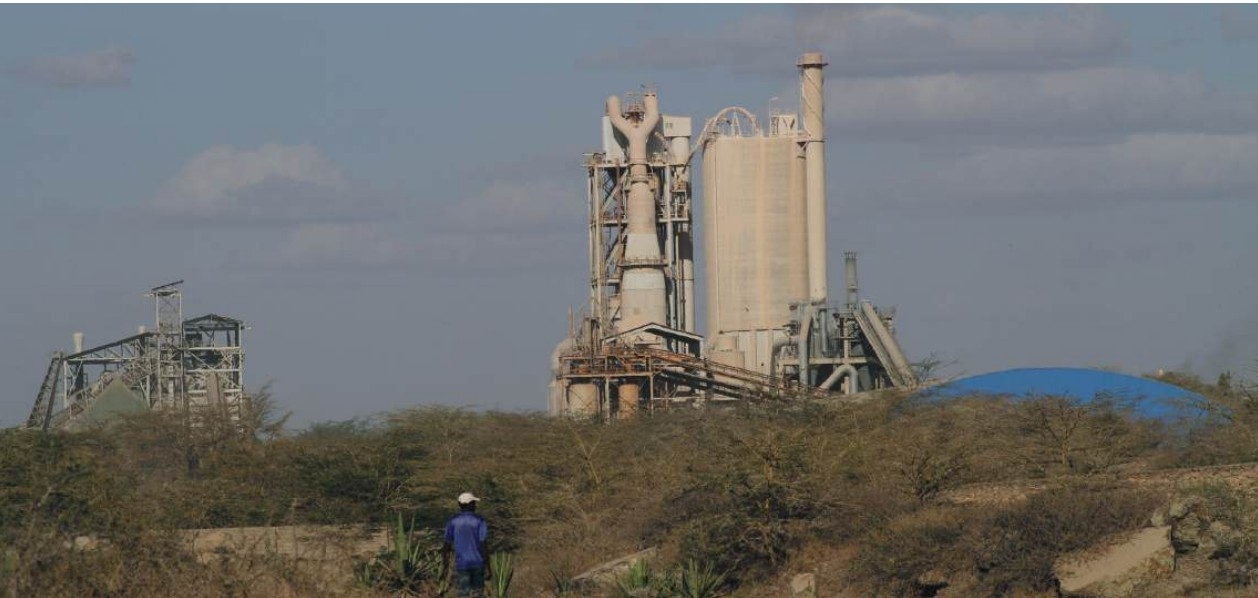The Kenya Space Agency (KSA) is set to launch Kenya's first operational 3U Earth Observation Satellite, Taifa-1 satellite, on April 11, 2023.
The launch, which is set to be aided by Space Exploration Technologies Corporation (SpaceX), will take place in Vandenberg Base, California, UDA aborad Falcon-9 Rocket.
Ministry of Defence and KSA said Monday, the mission is designed to provide precise and timely earth observation satellite data to stakeholders in the diverse fields of application including agriculture and food security.
The satellite will provide data for decision support to agriculture and food security, natural resources management and environmental monitoring among other details.
Further, the objective of the mission will be to "develop Kenya's technical capacity on the whole value chain of space technology development and applications."
Acting director of KSA Brig Hillary Kipkosgey said the mission plays a pivotal role in putting Kenya on the global map because it contributes significantly to the growth of satellite development, data analysis and processing and development of applications.
“Space is the next frontier in many ways and we are happy to be part of this. This is our moment of pride,” he said.
He said space science, technologies and applications are key enablers across all productive sectors of the national economy.
He said they are seeking to have capacity building on space systems engineering, space operations, data processing and analytics, Ground Station services and operations.
“We are looking at technology demonstrator on what capabilities or flexibilities we can realize with own/sovereign Earth observation asset.”
The construction and design of the satellite have been fully executed by a team of Kenyan engineers.
The manufacturing of the parts and their testing was done in collaboration with Endurosat AD, a Bulgarian aerospace manufacturer. This is because it is expensive to construct it locally, officials said.
Kenya will have a nanosatellite to weigh one ton because it is cost-effective in development and launch, takes less development time between design and operation and provide space solutions for many countries that may not have the capability to launch large satellites.
It also enables faster advancement of space technology and is easy to launch constellations as multiple satellites can be launched by one rocket.
KSA said the launch mission is the product of a design and development process that has been conducted for over two years.
The Taifa-1 satellite mission is an important milestone for Kenya's space programme and is expected to contribute significantly to spurring the growth of the satellite development, data analytics and processing, and applications development capabilities of Kenya's budding space economy.
Taifa-1 Sat is the first stepping stone to the development of what is planned to be a constellation of small earth observation satellites for Kenya.
It is also a capacity-building effort for Kenya's engineers in space systems engineering, space operations, ground receiver station operations, mission control, and satellite data acquisition and processing, among others.
The successful launch and operation of the satellite will not only demonstrate Kenya's technical capacity but also provide valuable data and information for various applications.
The development of higher capacity systems requires significant investment in research and development, leveraging on mutually beneficial international cooperation on space, as well as establishment of partnerships between government, academia, and industry.
KSA has invited partners and stakeholders to join in marking this important milestone and celebrating Kenya's moment of national pride and space heritage.
“We welcome collaborations that will promote the utilization of space technology and earth observation data, catalyse sharing of knowledge and resources, and help to promote innovation and collaboration in the development of space technology in Kenya.”
A delegation from Kenya will travel to the USA for the launch led by Defence Principal Secretary Patrick Mariru.
Kenya's development in space systems engineering capability began with the design, development and eventual successful launch of the First Kenya University NanoSatellite - Precursor Flight (1KUNS-PF).
The satellite was jointly developed by the University of Nairobi and Sapienza University of Rome with launch support offered by Japan aerospace exploration agency and the United Nations Office of Outer Space Affairs (UNOOSA).
The satellite was deployed from the International Space Station on May 11, 2018, and de-orbited on June 12, 2020.
Its primary objective was to build capacity in satellite development through the development of a complete space mission in Kenya.
Kenya has been part of several globally significant milestones in space science and technology through the Malindi Space Centre (formerly the San Marco Project) jointly managed by the Italian Space Agency and the Kenya Space Agency.
The Kenya Space Agency offers its services to both levels of government, National and County Governments.
KSA is supporting National Government line ministries in developing the capacity to utilize space-derived data for decision support.
For example, the Agency says it has worked with the Ministry of Environment and Natural Resources through the Kenya Forestry Services to develop products that monitor the extent and characterize the forest cover in the Aberdares, Ngong and Kibiku Forests.
The Agency also works with the Ministry of Agriculture, through the Agriculture and Food Authority in developing the capacity of AFA to utilize space-derived data and analytical tools to carry out the characterization of fields under crops for crop mapping, crop condition monitoring and crop yield estimation.
At the County Government level, KSA has worked with the Council of Governors in the development of a model GIS policy to guide the acquisition, use, processing, storage and dissemination of Geographical Information System (GIS) data for integrated county development planning to include mapping of utilities and community services, land use mapping and urban planning.
















